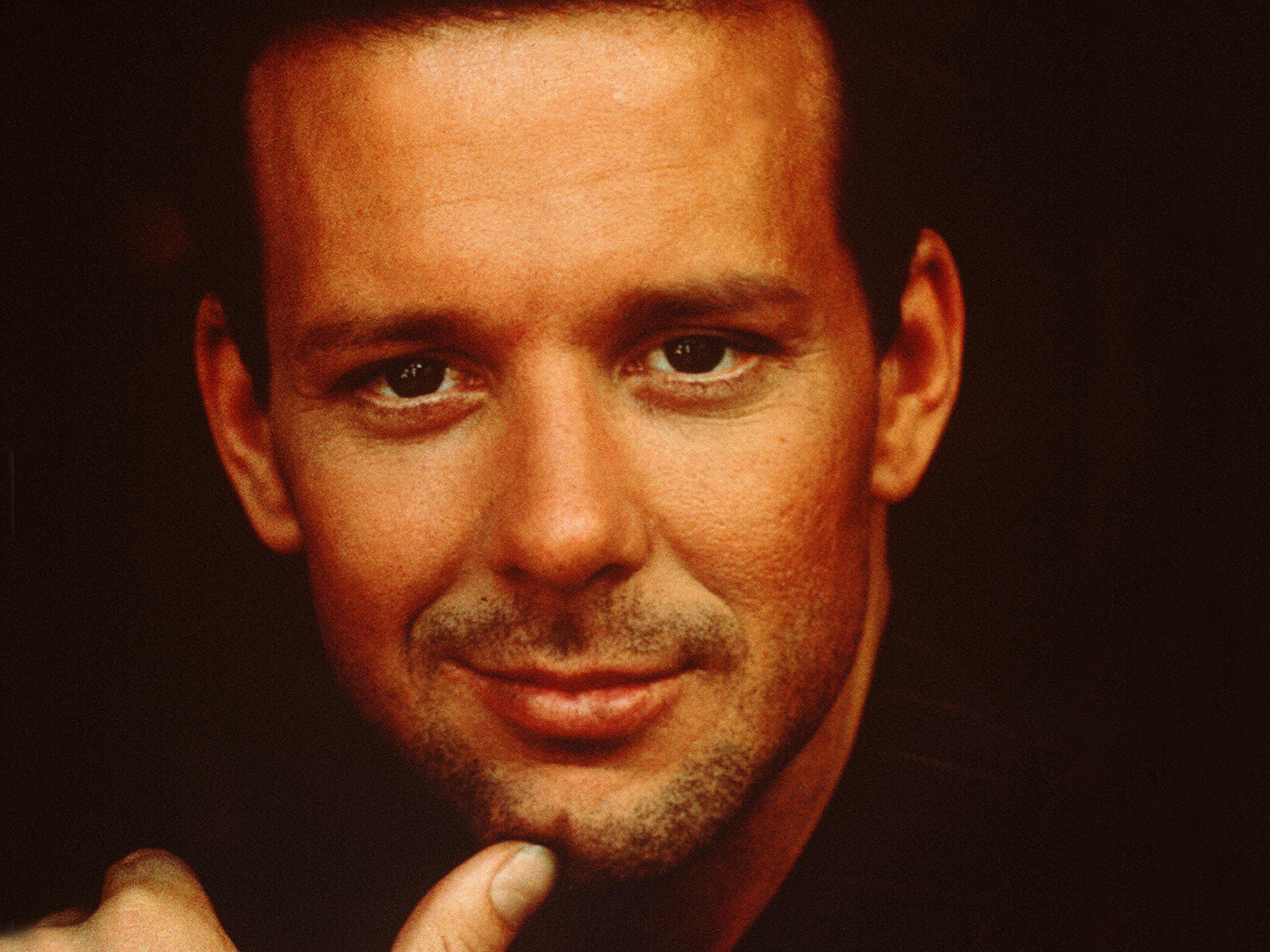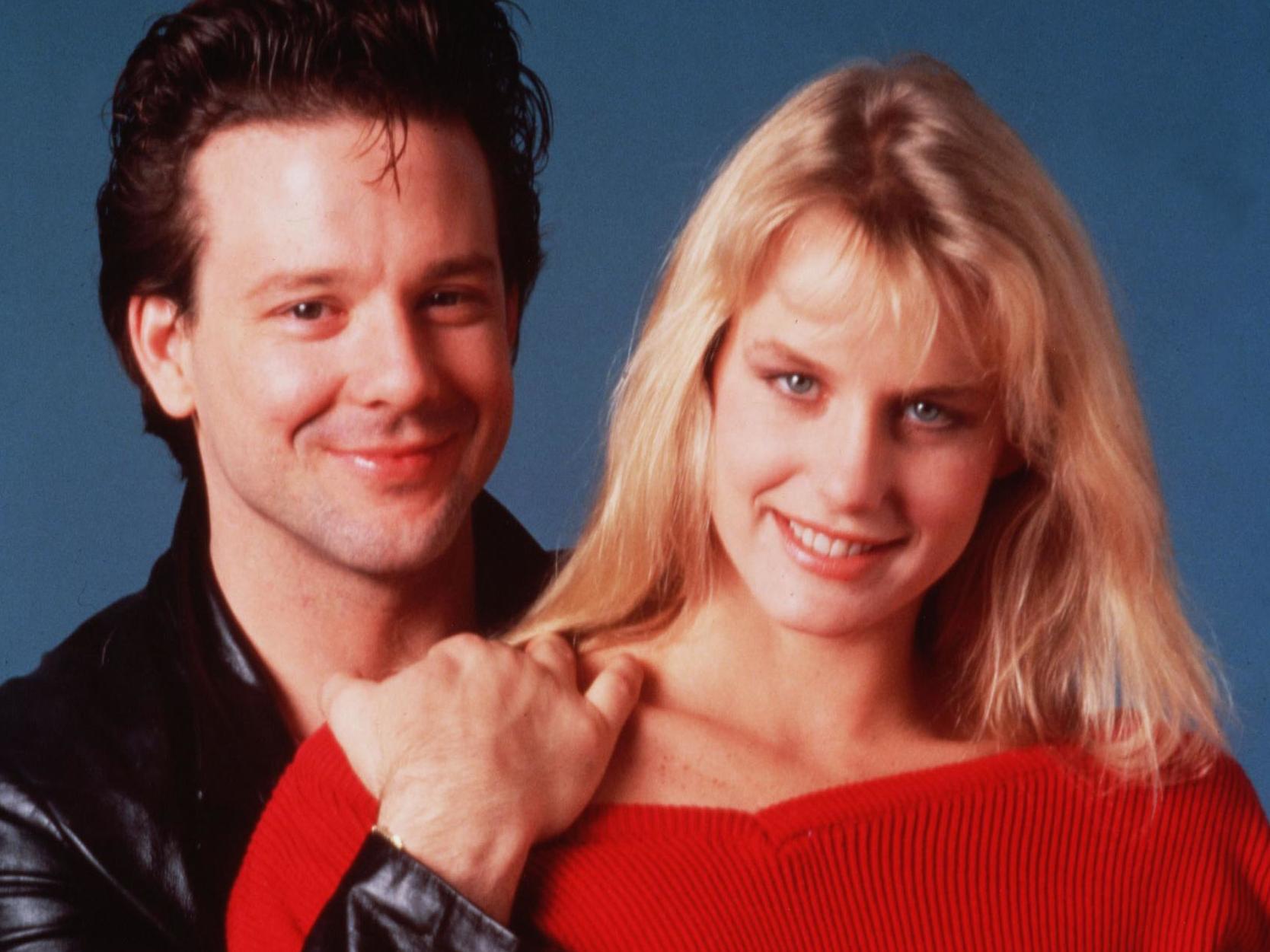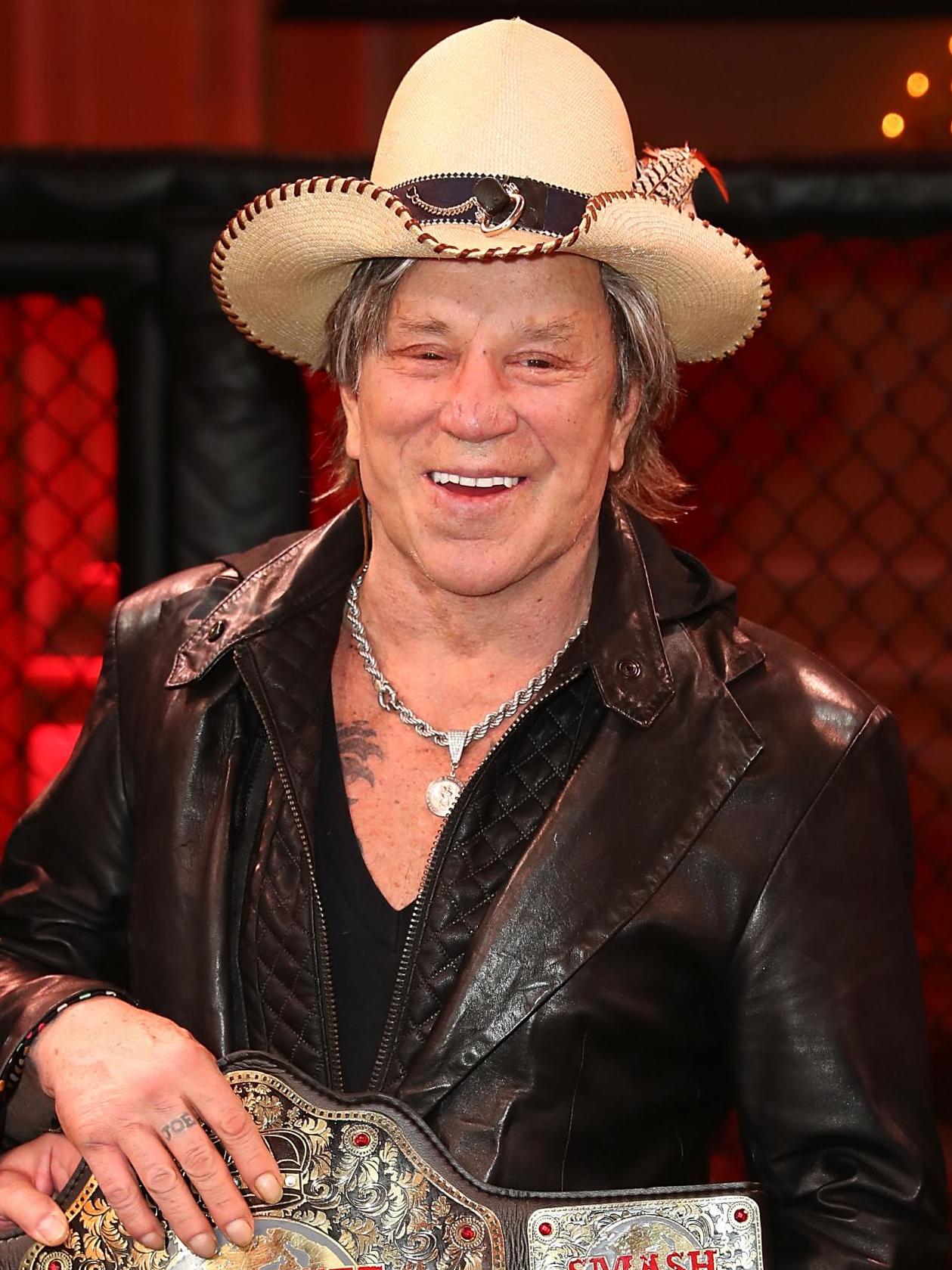Mickey Rourke’s changing face is a symbol of Hollywood self-destruction
Mickey Rourke was once known as one of film’s most handsome stars – before boxing injuries, plastic surgery and high-profile conflicts saw his career dwindle. But in a Hollywood that suffocates and consumes those drawn to its mighty allure, taking yourself apart may be the only means of escape, writes Adam White


Young Mickey Rourke never smiled in movies. Not because he was always playing sad people but because he’d lost some teeth as a child, and only smiled with his mouth closed. It gave him something, though – a modest swagger, a mischievous aura. He would purse his lips and flirt, with his co-stars and the camera. As the years went by, and Rourke’s career rolled back and forth in waves, he would smile more, his teeth transforming in shape and size almost as much as the rest of him. His body would bulge and harden as he took up boxing and broke himself. His face would inflate and deflate, and be stretched to its extremes.
Rourke’s ever-evolving appearance is today a given, likewise his continued presence in an endless stream of nondescript action films. He’s in one this week – The Legion, a swords-and-sandals epic set on a mountain in Armenia. So deft has he become at churning out thrifty B-movies that despite coronavirus shutting down almost everything else in the world, one he is in literally finished filming last week in Latvia.
No one sees the movies, though. Save for Iron Man 2, released a decade ago, Rourke’s most-seen output is most likely the paparazzi pictures of him that appear semi-regularly in the Daily Mail. He’s often captured walking down Hollywood sidewalks dressed in outrageously tight neon sportswear, cradling one of his many tiny, tiny dogs. Today, he’s something of an eccentric, his skin the colour of terracotta, his original features lost to time three faces ago. But in that transformation is Hollywood in microcosm; he is a living metaphor for all that the industry breeds, consumes and allows to fade.
Early in his career, Rourke was renowned for his beauty. In films like Diner (1982), Rumble Fish (1983) and The Pope of Greenwich Village (1984), he had a knowing cheekiness and sort of himbo magnetism. He specialised in conundrums: bottom-feeders and vaguely untrustworthy souls who you felt compelled to want to save. That may have been because he looked so good while doing it all – that downward slope of a voice, the heavy eyelids, a face that was both delicate and angular. It could be almost androgynous. Like Marlon Brando or James Dean, Rourke’s face was one of soft femininity blurred with rugged manliness. Mirroring those actors that came before him, it was beauty that proved short-lived.
Throughout the 1980s, Rourke was open about his unease with fame and the Hollywood ecosystem. He would slam his co-stars and directors in the press and dismiss much of the industry as beneath him. “You go through the motions of feeling it but you know the studio owns your ass, the public owns your ass,” Rourke said in 1992. “So over a period of eight years, you slowly lose your spirit in a way.” Physical self-destruction, which Rourke sought when he effectively abandoned acting in favour of boxing in the early 1990s, felt like a form of protection.
Fame, and the riches and power that come with it, sounds wonderful, but it sparks a trade-off. When a beautiful face becomes a famous face, it also becomes ours. We judge it, manipulate it and fantasise about it. Its beauty inspires op-eds and trends. It can shape, at least for a particular moment in time, what we consider to be an attractive ideal. It becomes a parcel to be sold and emulated, and even the most strong-willed of stars struggle with being used in such a fashion.
When Britney Spears shaved off her hair in 2007, she only explained herself to one person: a tattoo parlour employee who happened to be nearby. “I don’t want anyone touching me,” Spears told the woman. “I’m tired of everybody touching me.” She had grown frustrated by that unspoken deal between her and the public. For her, removing her hair felt like a statement on her own autonomy. Here was a pop icon, one who had been at the mercy of fans, record labels and the media all of her life, reclaiming a tiny shred of power from a situation long out of her control.

Rourke was much the same. Within just a few years of boxing, he had effectively been dismantled. He would break his nose twice, snap his cheekbone and damage his ribs and toes. He would be told by advisers to quit the sport or sustain potentially permanent brain damage. Acting intermittently at the same time, Rourke had injuries and quick surgical fixes that were clear to all. In certain scenes of Zalman King’s 1990 erotic thriller Wild Orchid, Rourke’s cheeks are noticeably swollen – the rumoured product of poorly placed implants. Rourke denied the claim, saying it was an unexpected side effect of tooth surgery.
In 2009, he would confess that his changing looks were down to botched facial surgery. “Most of it was to mend the mess of my face because of the boxing,” he said, “but I went to the wrong guy to put my face back together.”

Watch Apple TV+ free for 7 day
New subscribers only. £9.99/mo. after free trial. Plan auto-renews until cancelled.
ADVERTISEMENT. If you sign up to this service we will earn commission. This revenue helps to fund journalism across The Independent.

Watch Apple TV+ free for 7 day
New subscribers only. £9.99/mo. after free trial. Plan auto-renews until cancelled.
ADVERTISEMENT. If you sign up to this service we will earn commission. This revenue helps to fund journalism across The Independent.
Rourke’s reputation in the 1990s was of a promising young talent gone tragically awry. He would condemn the film industry, struggle to find work and spend outrageously. His volatile marriage to his Wild Orchid co-star, the model Carré Otis, would similarly dominate tabloid headlines. Both were products of difficult upbringings, Rourke long hinting at abuse by his stepfather. During their relationship, Otis would accuse Rourke of domestic violence. She would become addicted to heroin and both would attempt suicide. In her autobiography, Beauty Disrupted, Otis claimed that Rourke was a possessive and violent partner, who once pushed her out of a moving car. Speaking to The Times in 2011, Otis’s memory of the marriage accidentally recalled Rourke’s strange allure on screen. “It was a paradox,” she said. “I was afraid of his violence but I felt a responsibility to protect him… I will always have a really sweet spot in my heart for him. I was so pleased he got the Oscar nomination [in 2009].”
In an easier world, where stories have distinct beginnings and endings rather than scattershot interludes, 2008’s The Wrestler would have served as Rourke’s climactic victory. He played a man who peaked in the 1980s, having lost everything amid self-destruction and physical breakdown. It was a stone’s throw away from autobiography, and helped assist the kind of narrative the Oscars tend to embrace. It was also a narrative that hinged on the idea that this was it for Rourke. No more surgery, no more false starts, but rather a proper, nine-carat return to greatness. It whitewashed much of Rourke’s history, though. A comeback was mooted in the late 1990s, when he was working with Francis Ford Coppola and was talked about with reverence by Quentin Tarantino. And he was working with regularity on major studio movies in the years prior, from 2004’s Man on Fire to 2005’s Sin City. Back in 1999, shortly after filming Sylvester Stallone’s ill-fated Get Carter remake, Rourke said he was “starting over again”.

“I had my career going, about 10 years ago, in the right direction,” he said. “I started not liking the business, and not liking myself. I was slowly self-destructing at a pretty fast rate. I felt like I didn’t belong doing what I was doing, meaning the acting. I felt some sort of guilt about being successful at it.”
The Wrestler, and his Oscar nomination, led to resurfaced opportunities in mainstream cinema, but similar difficulties arose again. He slammed Marvel, claiming much of his Iron Man 2 performance was left on the cutting room floor. He would similarly disown most of his post-Wrestler projects, including 13 (2010) and Passion Play (2010), admitting he did them for money. Offers dried up. It didn’t help that Rourke had become difficult to cast by nature of his physical appearance – not only the facial surgery but his leathery, ripped and oft-shirtless physique, which made him look as if he’d eaten Iggy Pop.
Meanwhile, his face would bear the war wounds of the many comebacks that came before. “Now I am pretty again,” he would caption an Instagram image in 2017, as he posed topless alongside his latest plastic surgeon, his chest red-raw and his nose wrapped in bandages. “One more to go,” he added, his nose so close now to his idea of perfection.
It’s arguable that he’s never been more human, though. Much of our admiration for the famous stems from their perceived otherworldliness, the idea that they’re not so much unreal as hyper-real – us but prettier, us if our features had just been fixed in a more pleasing fashion. We like to imagine beauty to be almost serendipitous rather than artificial, and that the kind of self-loathing we cloak ourselves in is a largely alien concept to those encompassing a physical and facial ideal.
But then there’s Mickey Rourke – an interloper in a profession that never knew what to do with him, who was angry and violent and cripplingly insecure. From the teeth he didn’t want to show, to the face he could never get quite right, his transformations affirmed his humanity, in all its many colours. He’s every one of us who finds self-destruction desirable in moments of chaos; every person who pledges to turn a corner and stitch things together again, hoping this time, this one last time, everything will turn out different.
Join our commenting forum
Join thought-provoking conversations, follow other Independent readers and see their replies
Comments
Bookmark popover
Removed from bookmarks